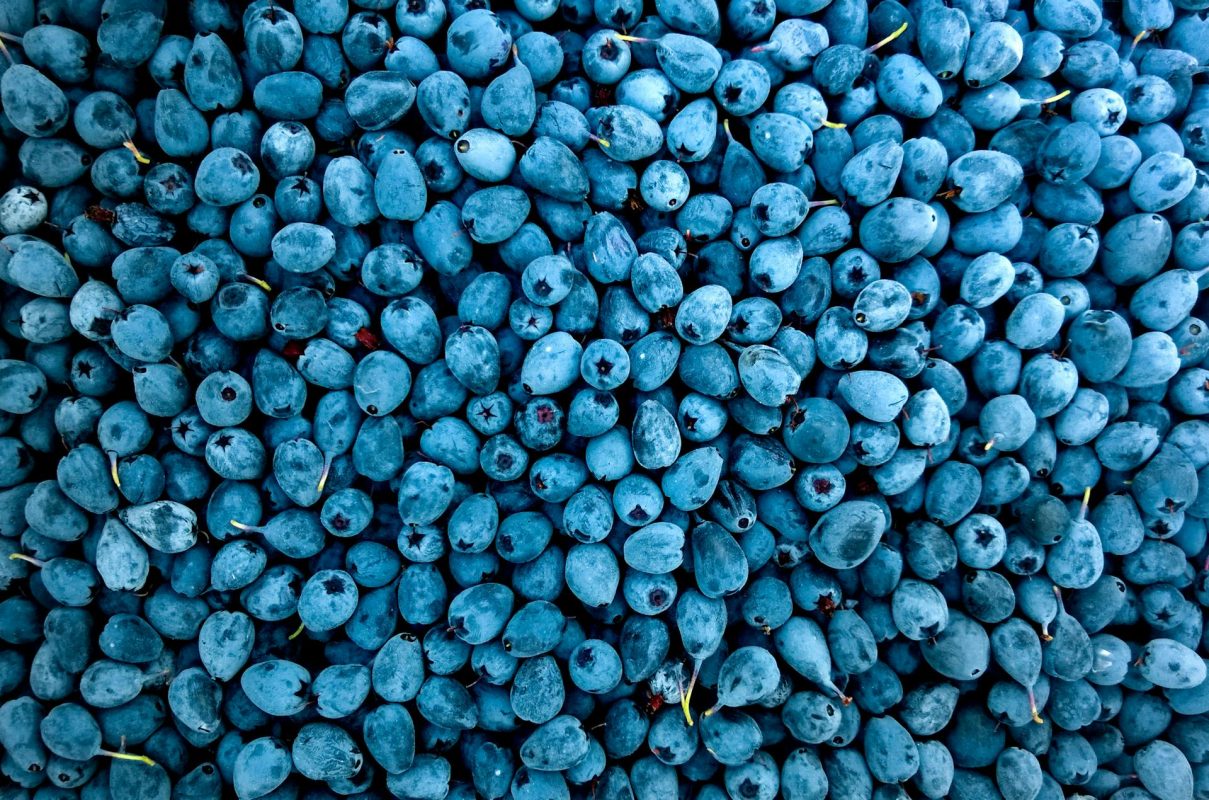NEWS
Growing Blueberries: Comprehensive Global Guide for Gardeners
Growing Blueberries: Comprehensive Global Guide for Gardeners
Introduction to Growing Blueberries
Blueberries (Vaccinium corymbosum) are highly rewarding plants for any gardener or allotment enthusiast. They enhance landscapes with attractive white or pinkish bell-shaped flowers in spring, delicious and nutritious blue fruits in summer, and vibrant foliage that transitions from green to vivid shades of yellow, red, and purple in autumn. This comprehensive guide covers everything from planting to harvesting, suitable for gardeners worldwide.
Optimal Conditions for Blueberry Cultivation
Ideal Location and Soil Conditions
Blueberries prefer full sun exposure with at least six to eight hours of direct sunlight daily. They thrive best in acidic, well-drained soils rich in organic matter, with a pH between 4.5 and 5.5. Acidic conditions encourage beneficial microorganisms, essential for nutrient absorption and overall plant health. If your soil is alkaline or neutral, amend it by incorporating organic materials such as peat moss, leaf mould, pine needles, conifer bark, or acidic compost.
When to Plant Blueberries
For optimal establishment, plant dormant bare-root blueberry plants in late winter or early spring before active growth resumes. Container-grown plants offer flexibility and can be planted throughout the growing season.
Step-by-Step Guide to Planting Blueberries
Preparing the Planting Area
- Site Selection: Choose a location that provides adequate sunlight and protection from harsh winds.
- Soil Preparation: Amend the planting area with acidic organic matter to improve drainage and acidity.
Planting Process
- Dig a planting hole twice the width and the same depth as the root ball.
- Loosen the roots gently to encourage outward growth.
- Position plants at a spacing of 4-6 feet (1.2-1.8 meters) apart to facilitate adequate airflow and growth.
- Place the plant in the hole, ensuring it sits at the same depth as it was in its container.
- Backfill with the prepared soil mixture, firmly but gently packing soil around the roots.
- Water thoroughly after planting to settle the soil.
- Apply a 3-4 inch (7-10 cm) layer of organic mulch such as pine bark or wood chips around the base to retain moisture and suppress weeds.
Blueberry Plant Care and Maintenance
Watering and Mulching
Maintain consistently moist but not waterlogged soil conditions. Blueberries have shallow roots and require regular watering, particularly during dry spells. Mulching helps retain moisture, regulates soil temperature, and inhibits weed growth.
Protection from Pests and Birds
Birds and pests such as Japanese beetles and blueberry maggots pose risks to your crop. Utilize bird netting or fruit cages to protect the berries. Regular inspection and prompt treatment can prevent significant damage from pests and diseases such as powdery mildew, botrytis blight, and anthracnose.
Pruning and Maintenance
Annual pruning is minimal but essential to maintain plant health. Remove any dead, diseased, or damaged branches in late winter or early spring before new growth emerges. This encourages healthy growth and better fruiting.
Harvesting Blueberries
When and How to Harvest
Blueberry fruits mature progressively throughout the growing season, typically starting midsummer. Ripe blueberries transition from green to a deep, vibrant blue and easily detach from their stems when gently twisted. Harvest blueberries in the morning when temperatures are cooler, improving their firmness and shelf life.
Common Problems in Blueberry Cultivation
- Soil pH Issues: Maintain acidic soil conditions to avoid nutrient deficiencies.
- Environmental Stress: Protect plants from extreme weather conditions including drought, excessive heat, or frost.
- Pests and Diseases: Regular inspections and preventive measures, such as organic fungicides or insecticides, will reduce risks.
Popular Blueberry Varieties
Trying various blueberry varieties enhances your gardening experience and diversifies your harvest.
- Duke: Early-season variety known for large, firm berries and reliable yields.
- Bluecrop: Versatile mid-season variety with consistent yields of medium-sized, flavorful berries, adaptable to different climates.
- Chandler: Mid to late-season variety with exceptionally large berries, sweet flavor, and excellent yields.
- Liberty: Late-season variety favored for its robust taste, disease resistance, and prolonged harvesting period.
Culinary Uses and Benefits of Blueberries
Blueberries are versatile, nutritious, and delicious fruits, offering numerous culinary uses:
- Fresh Consumption: Ideal for direct eating, providing antioxidants and vitamins.
- Breakfast Enhancements: Sprinkle over cereals, oatmeal, or yogurt.
- Preserves and Baking: Suitable for jams, jellies, pies, muffins, and other desserts.
- Smoothies and Drinks: Blended into smoothies, juices, or cocktails for refreshing beverages.
- Salads and Meals: Adds sweet, tangy notes to salads and savory dishes.
Conclusion and Community Engagement
Blueberry cultivation is rewarding, enriching your garden and diet. Share your experiences, exchange tips, and engage with our global gardening community to enhance your growing journey. Join us online today!

